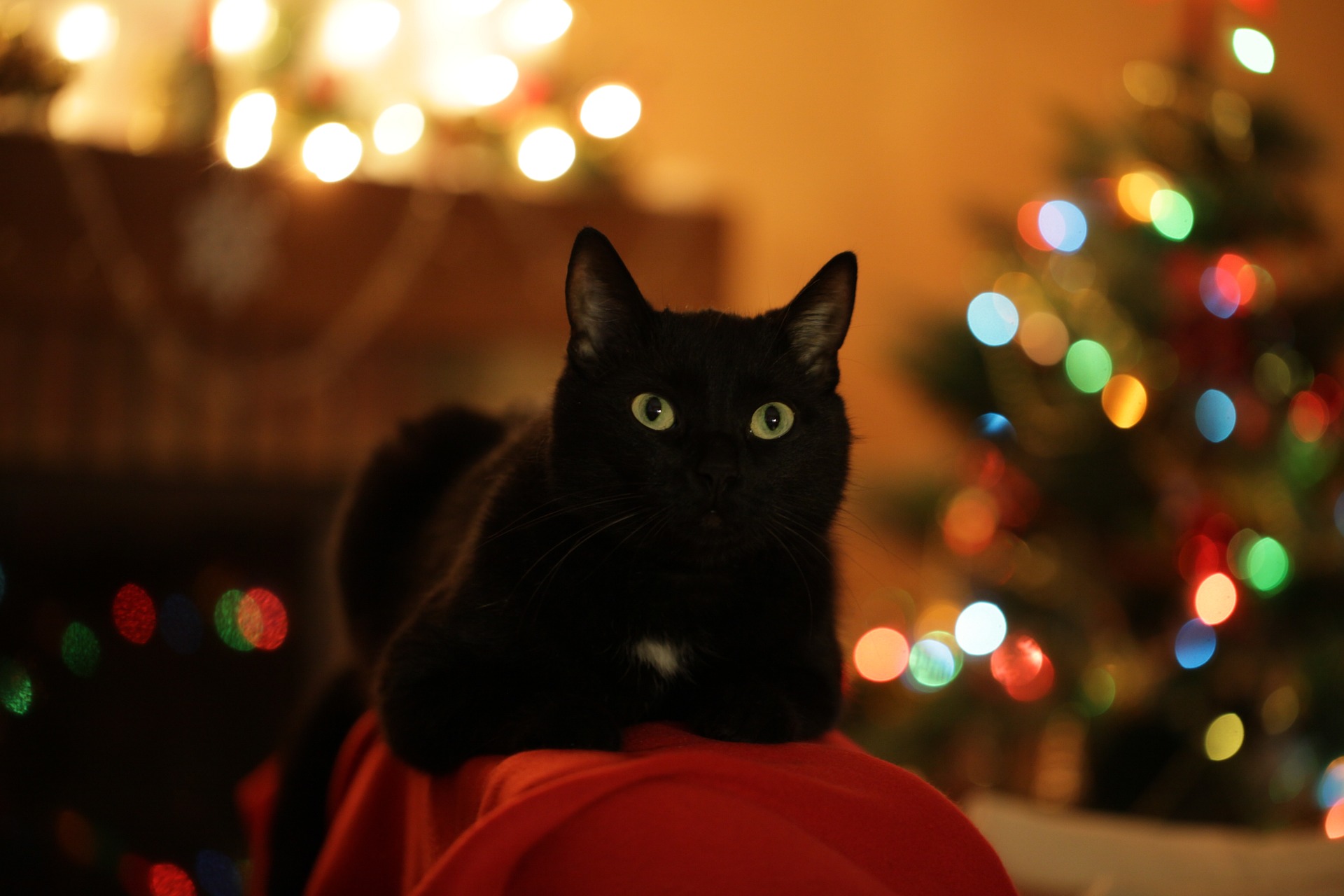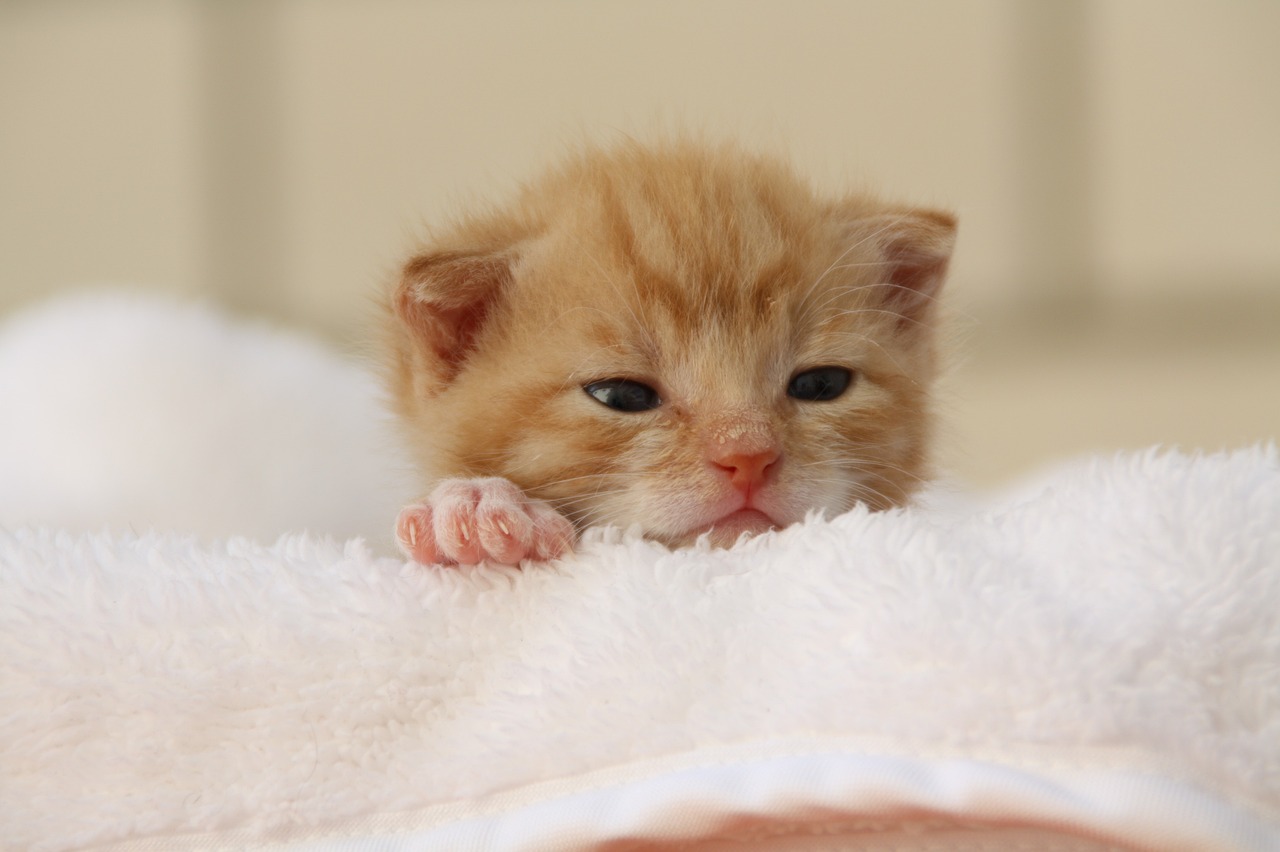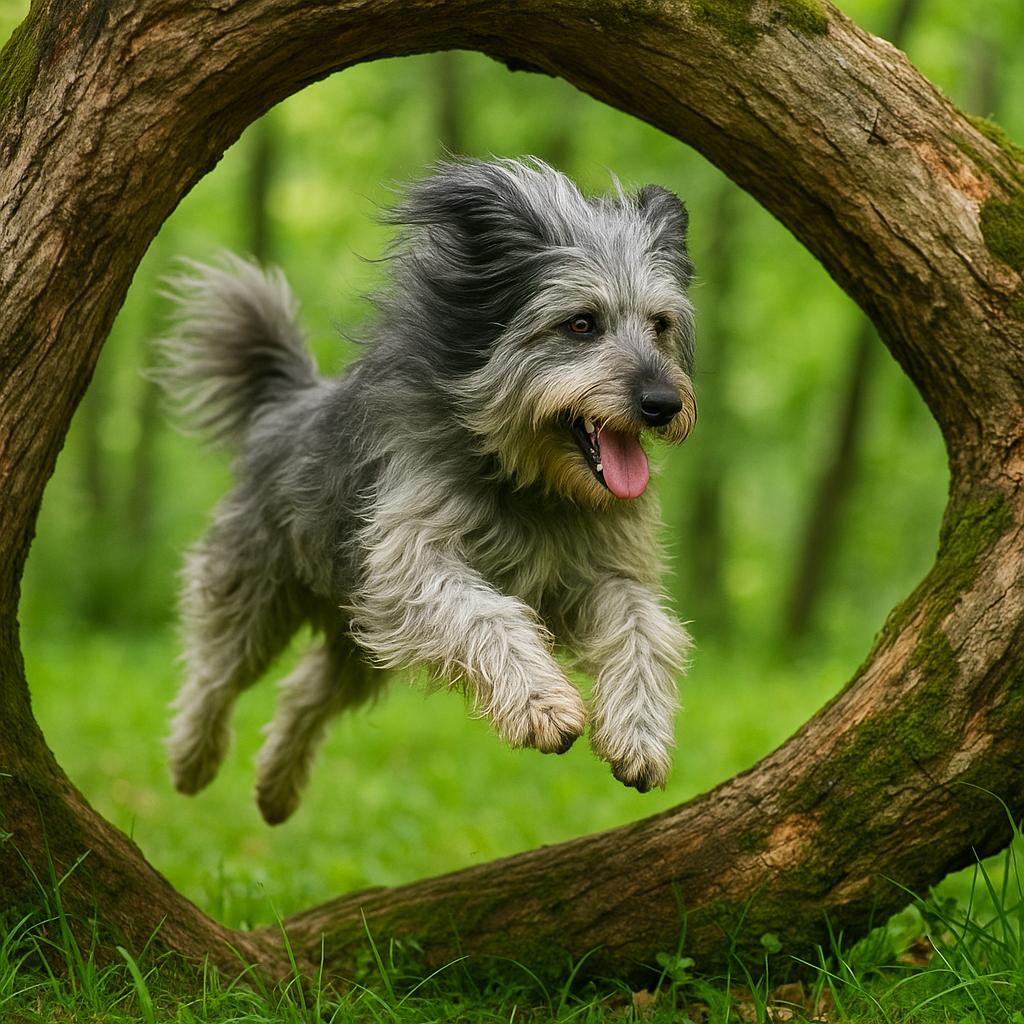
Catalan Shepherd Dog: Resilient and Tireless
The origins of the Catalan Shepherd Dog breed are uncertain, but very ancient. It originates from Catalonia, but is thought to have common origins with the Bergamasco Shepherd Dog, which Roman legions used as guardians of their flocks during military campaigns and then during the colonization of the provinces.
The Bergamasco Shepherd was a direct descendant of sheepdogs that originated from remote and primitive Eastern breeds. Its evolution is difficult to trace because it took place in mountainous areas where livestock was abundant but contact with other parts of the country was scarce. It spread particularly in the province of Gerona.
Its main job was, and still is, although increasingly rare, to watch over sheep, accompanying them to shelter from inclement weather and away from danger. It was not content with being an assistant, but often replaced the shepherd.
In addition to flocks of sheep, it also guarded herds of cows, often in the mountains, in very cold temperatures.
There are two varieties, one with short hair and one with long hair. It was only in the 1970s that the Catalan Sheepdog began to be selectively bred and spread outside Spain. This breed was officially recognized in 1980. Today, it is appreciated in many countries as a family and companion dog.
It is also very well suited to various dog sports, such as agility and obedience. In Catalonia, it is still an important part of the regional culture and tradition
Characteristics of the Catalan Sheepdog breed
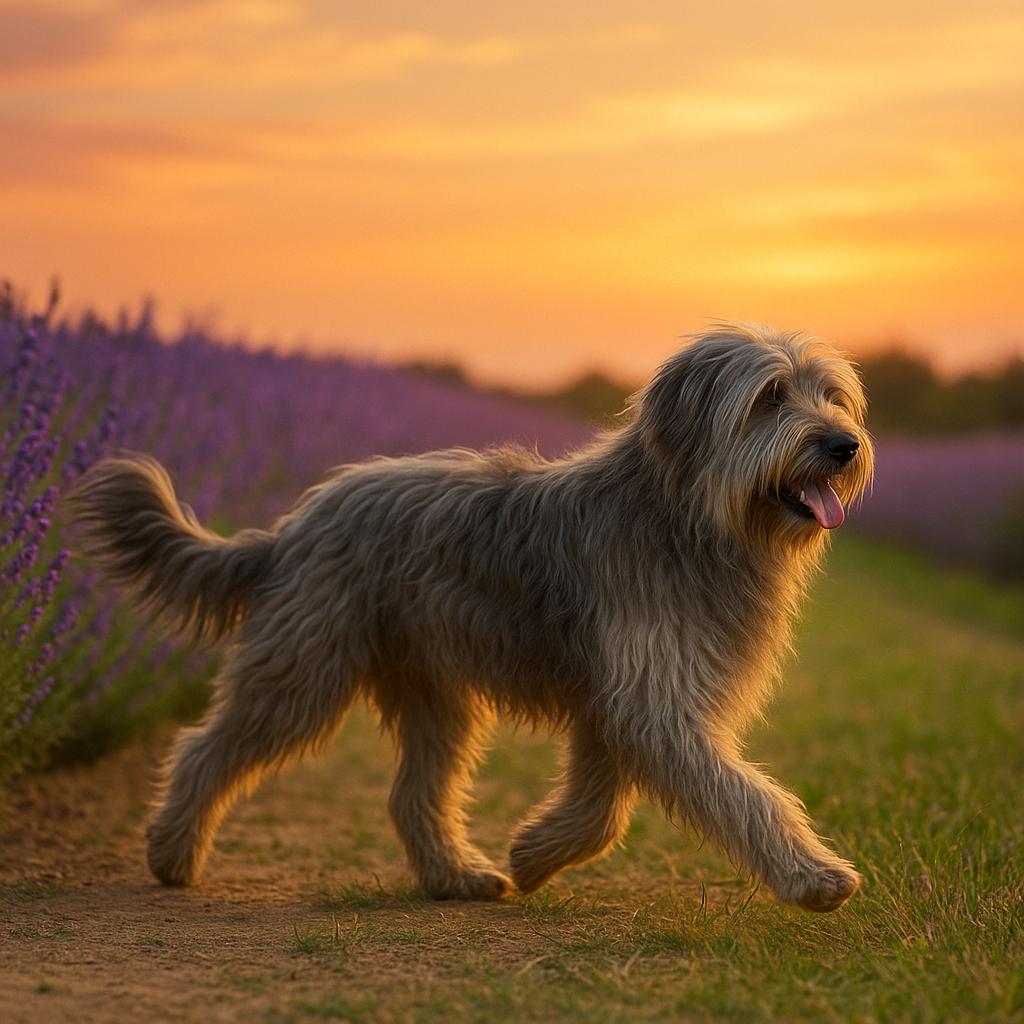
These dogs are very intelligent and learn commands quickly. They have an innate predisposition to command and prefer to be outdoors, which is why they are not recommended for those who live in an apartment or prefer a sedentary, home-based lifestyle. On the other hand, if you are active, enjoy the mountains and have the opportunity to let it run free, this is the dog for you. It becomes very attached to its owner but less so to strangers and other animals, so it is best to socialize it with other dogs from an early age to get it used to their presence.
At home with the family, it behaves like a true companion dog, with no limitations inherent to this role. In fact, it can simultaneously perform the tasks of a guard dog, defending the property and watching over children or other animals in the house. If there is another older dog or one that has been in the house longer, it will respect its authority, considering it its leader.
Appearance of the Catalan Shepherd Dog breed
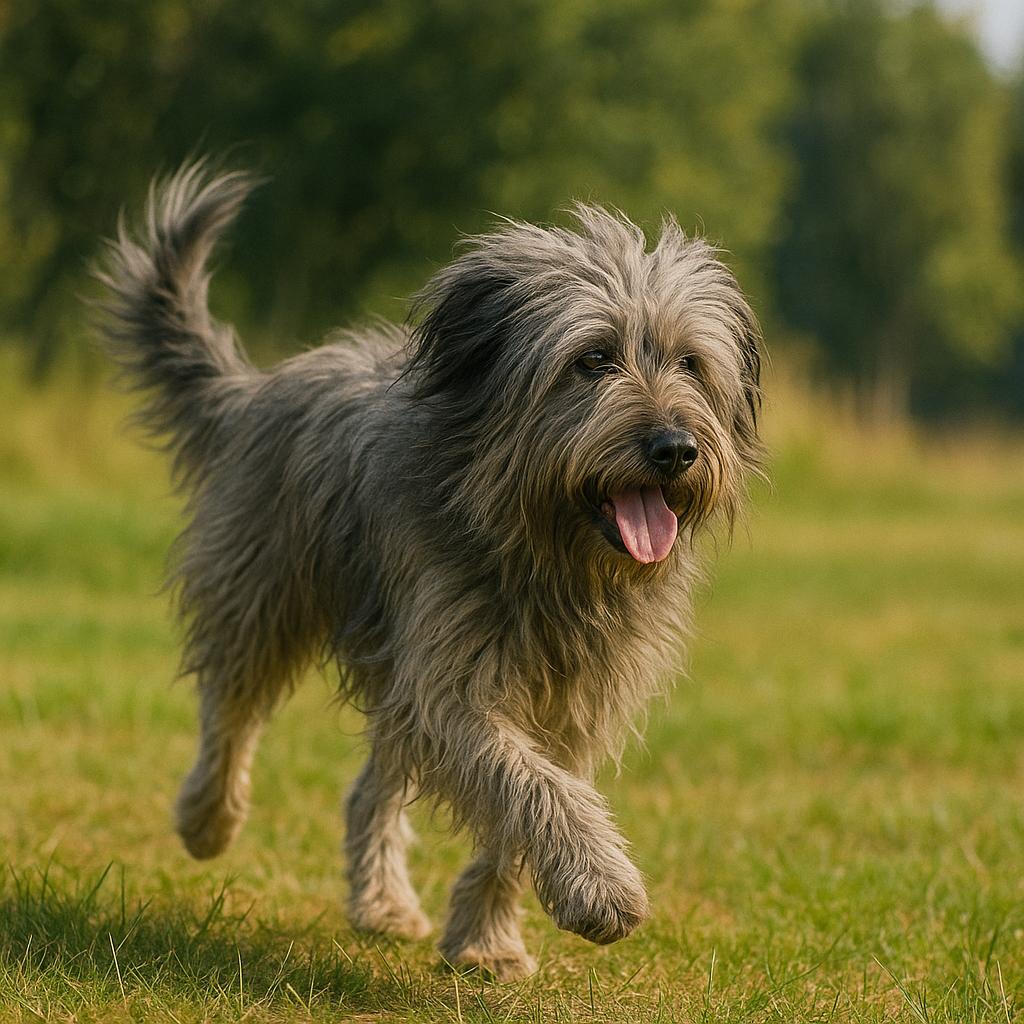
It has a slightly convex and broad head, but well proportioned to the rest of the body; the muzzle is short and straight, with a black nose and very expressive dark amber eyes. The thin, triangular ears are also covered with long, abundant hair.
There are two varieties, which differ in coat length: short-haired and long-haired.
In fact, the characteristic that distinguishes the Catalan Shepherd Dog is undoubtedly its thick, rough coat. It is long, smooth and slightly wavy. Some specimens also have a beard, moustache, tuft and eyebrows. It also has a very dense undercoat which, together with the coat, protects it from the cold, heat and thorny bushes.
As for color, from a distance, the dog appears to be single-colored. Seen up close, however, it can be seen that the color is a mixture of different shades: fawn, brown with varying degrees of red, grey, black and white, biscuit, grey and sand. There are also specimens with a mixture of black, fawn and reddish-sand hairs, which may be dominant in some parts of the body, giving the impression of black and tan dogs.
Its coat changes in two stages; in the first stage, the dog sheds the hair on its front, which means that it has two different coats at the same time. In the next stage, the rest of the coat is shed.
Care and health of the Catalan Shepherd Dog breed
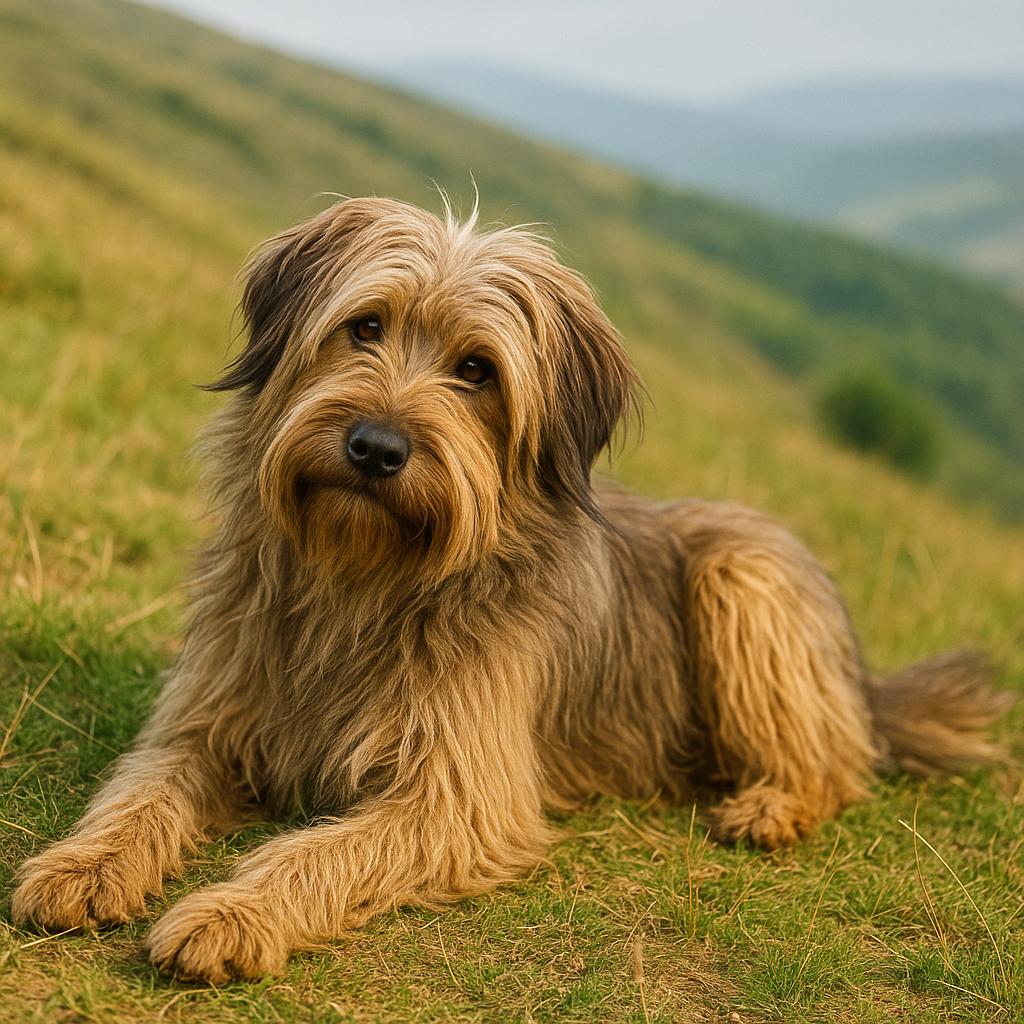
It has a life expectancy of 12-14 years.
As for coat care, being a hardy dog, it does not need any special care. Just brush it a couple of times a week to prevent its long coat from becoming tangled and to keep it shiny and healthy. During shedding periods, brush it once a day.
This dog has no special needs other than a large garden where it can run. It is not suitable for flats. It is best to keep it outdoors, in the countryside or in the mountains.
A balanced diet is essential for keeping the Catalan Shepherd in good health. These dogs need a diet rich in high-quality protein and fat. It is advisable to opt for dry or wet foods specifically formulated for medium-sized dogs to ensure a complete nutritional intake.

